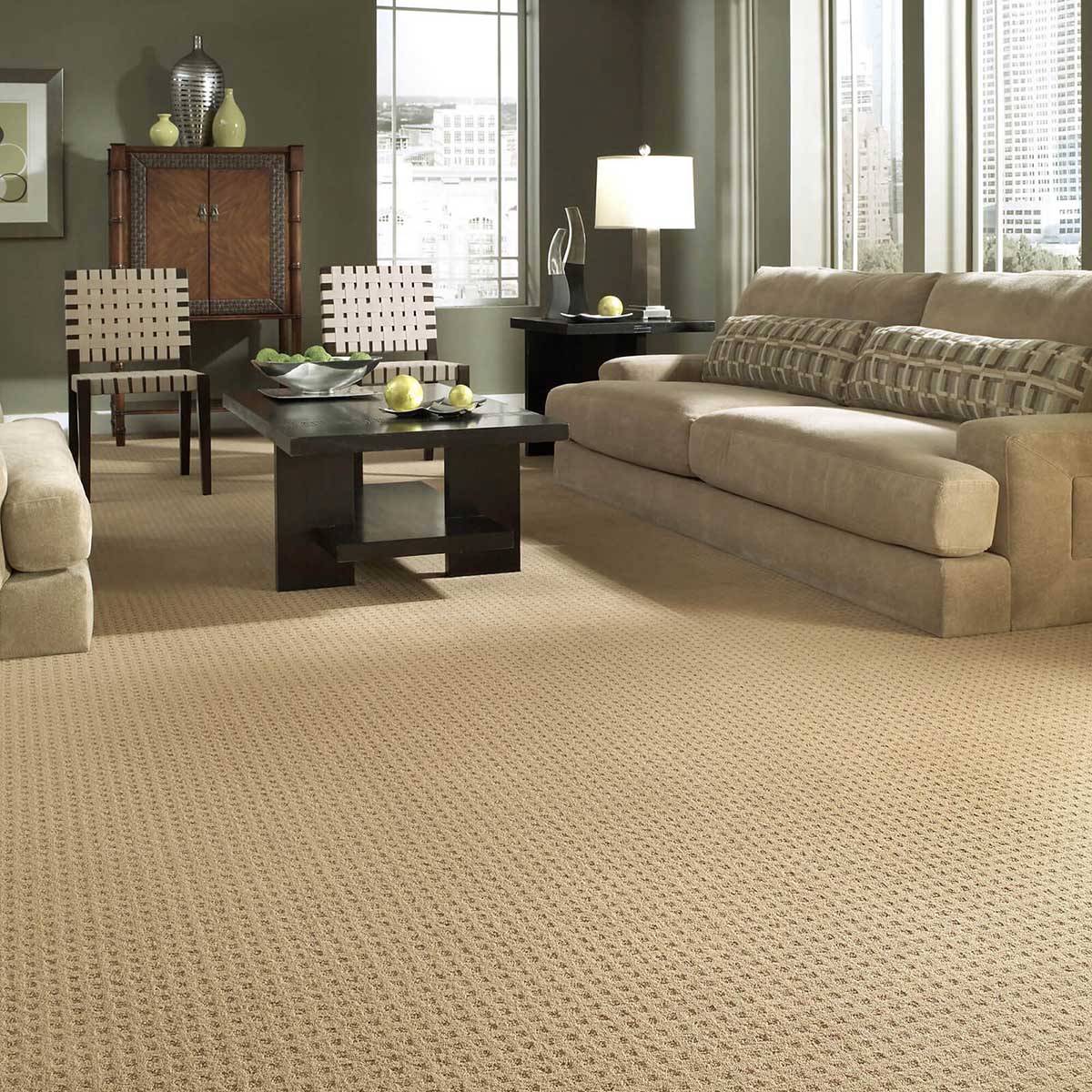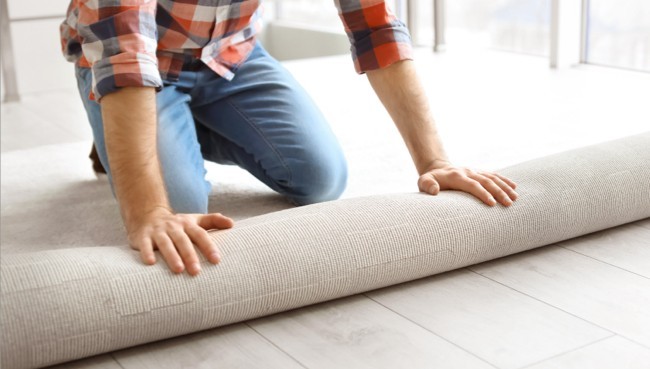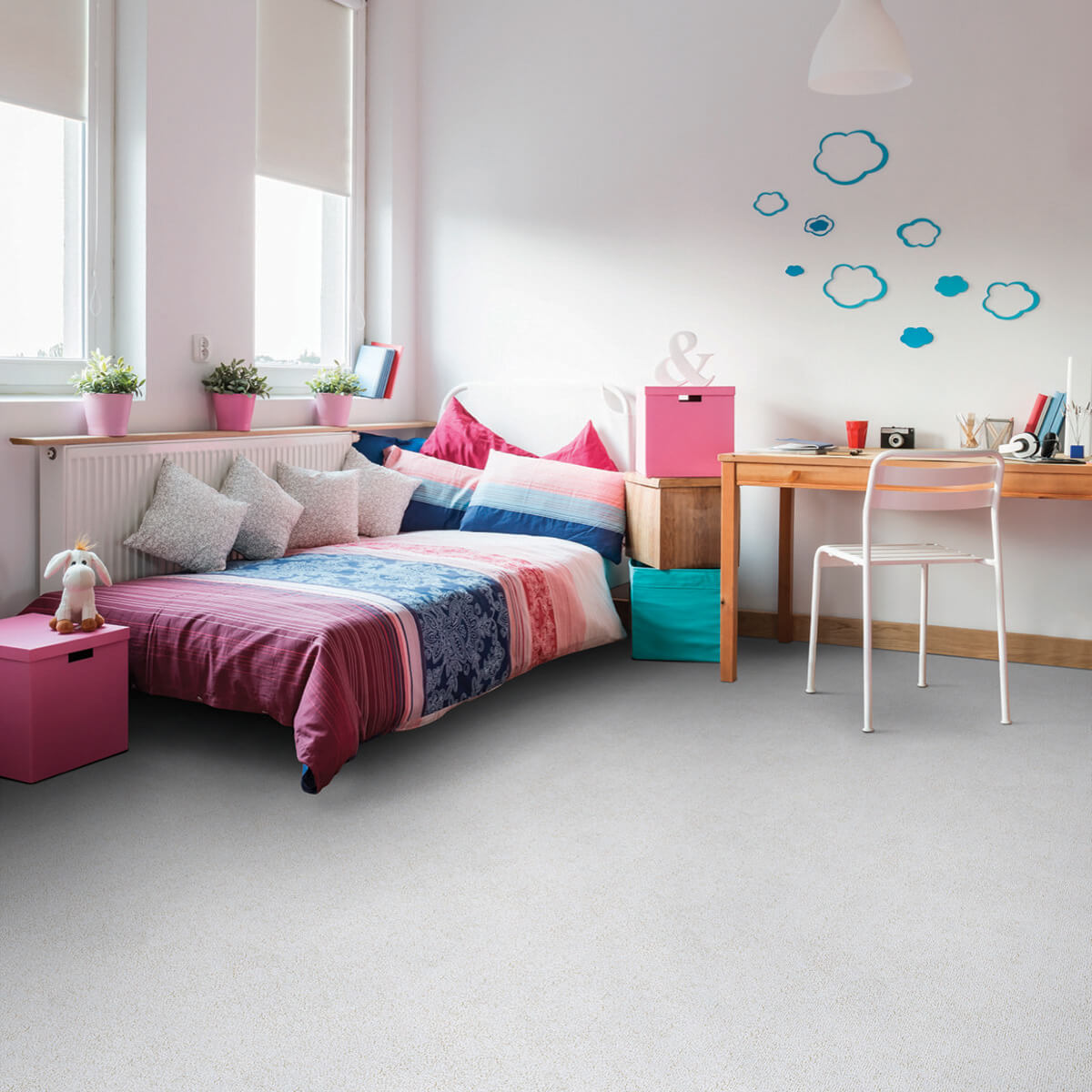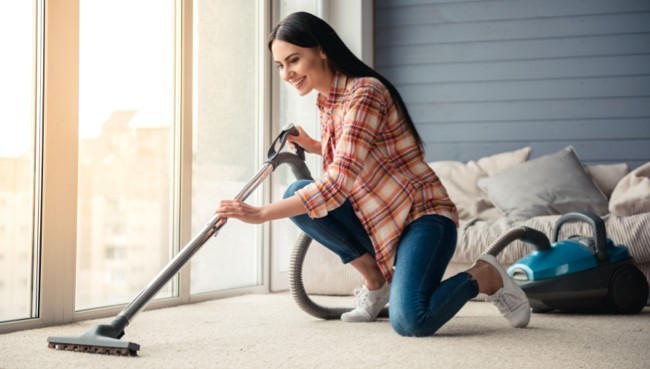Carpet In The Canton, Ohio Area
Learn more about the carpet selection available to you from the team at Bob & Pete's Floors.
Unmatched Selection
We offer a comprehensive selection of flooring styles.
Product Expertise
We know our stuff! Let us help educate you.
Professional Service
We provide friendly, professional service at every turn.
Installation Specialists
Let us expertly install your brand-new flooring.
Learn more About Our Selection Of Carpet At Bob & Pete's Floors
At Bob & Pete's Floors, we feature a wide range of soft and trendsetting carpet options for your home.
Whether you're looking for something soft and shaggy or more sleek and fibrous, our amazing selection of carpet flooring will surely satisfy you. We work with the industry's leading brands to provide our customers in the area with flooring that they are proud to walk across. With carpet, you're getting a soft, comfortable, and easy-to-maintain flooring option within the home.
Learn more about the benefits of carpet, carpet installation, inspiration, or care & maintenance as you browse our site.
We're proud to feature CarpetsPlus COLORTILE, Shaw, and Mohawk carpets.
CarpetPlus COLORTILE Carpet Featured Collections
Other Brands We Love



Inspiration For You





The Benefits Of Carpet
Carpet is a fantastic flooring option and one that boasts a number of impressive benefits, including:
- Carpet is soft underfoot and very comfortable.
- Carpet can help to insulate a home.
- Carpet has sound-reducing qualities.
- Carpet adds a sense of safety within the home.
- Carpet is affordable and incredibly cost-effective.
- Carpet comes in various colors, patterns, cuts, fibers, and overall looks. No matter what your carpet wants and needs are, there is an option for you.
- Carpet can work well in a variety of rooms in the home, including bedrooms, living rooms, offices, and more.
- Carpet never goes out of style!
- Carpet is easy to install and won't take too long when you go with the pros!
Schedule An Appointment
The team at Bob & Pete's Floors in Canton, Ohio is ready to help you achieve your flooring dreams. Whether you're interested in an installation, in-home measure, flooring estimate, or more, we can help!
Fill out the form to the right, and we'll contact you shortly.
"*" indicates required fields























